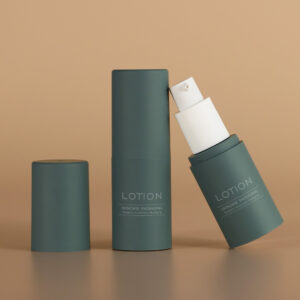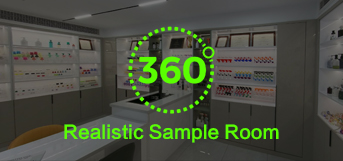Process Definition
Water transfer printing is a method that uses water pressure to transfer colored patterns from transfer paper onto the surface of three-dimensional products. As demand for product packaging and surface decoration increases, the applications of water transfer printing are becoming more widespread. There are two types of water transfer printing technologies: one is water decal transfer, and the other is water immersion transfer. The former is primarily used for transferring text and photographic patterns, while the latter is more suited for complete surface coverage of a product.
Process Characteristics
– Cost: Mold cost (none), unit cost (low to medium)
– Typical Products: Vehicles, consumer electronics, and military products
– Production Volume: Suitable for small to large batches
– Quality: Precise and clear surface textures, though slight stretching may occur
– Speed: Fast, 10-20 cycles per hour
Process Description
1. Special patterns can be transferred onto product surfaces to visually enhance the material’s perceived quality (e.g., applying a carbon fiber pattern on an injection-molded part via water transfer printing).
2. Products with deep holes, sharp corners, or unusual protrusions are not suitable for water transfer printing.
3. Since water transfer printing relies on natural water pressure for surface printing, it is difficult to control the exact positioning of individual patterns. Therefore, it is unsuitable for surfaces requiring precise pattern placement, such as numbers on phone buttons.
4. Flat surfaces, small curves, and bent components are most suitable for water transfer printing.
5. No mold costs are involved, but fixtures are needed to process multiple products simultaneously, reducing time costs.
6. Short processing time, typically no more than 10 minutes per cycle.
System Components
1. Water Transfer Printing Equipment
Film Application Equipment:
A temperature-controlled water tank made of welded iron or stainless steel. Fully automated film application equipment is now common, using robotic arms for efficient handling, ideal for large-scale production.
Rinsing Equipment:
Used to clean residual film from product surfaces, mainly consisting of a water tank and conveyor belt system for product transport and cleaning.
Drying Equipment:
Used for drying workpieces before and after coating, typically a conveyor-based system with infrared heating. UV curing equipment is added if UV coatings are used.
2. Water Transfer Substrates
The substrate can be plastic film or water transfer paper. For products that are difficult to print directly, mature printing techniques can first apply graphics to the water transfer substrate, which are then transferred to the final product.
The water transfer printing process is special and is widely used in the cosmetic packaging industry. It is mainly used for external components on the surface of products, such as lipstick tubes, pump heads, bottle caps, air cushion boxes, etc.









